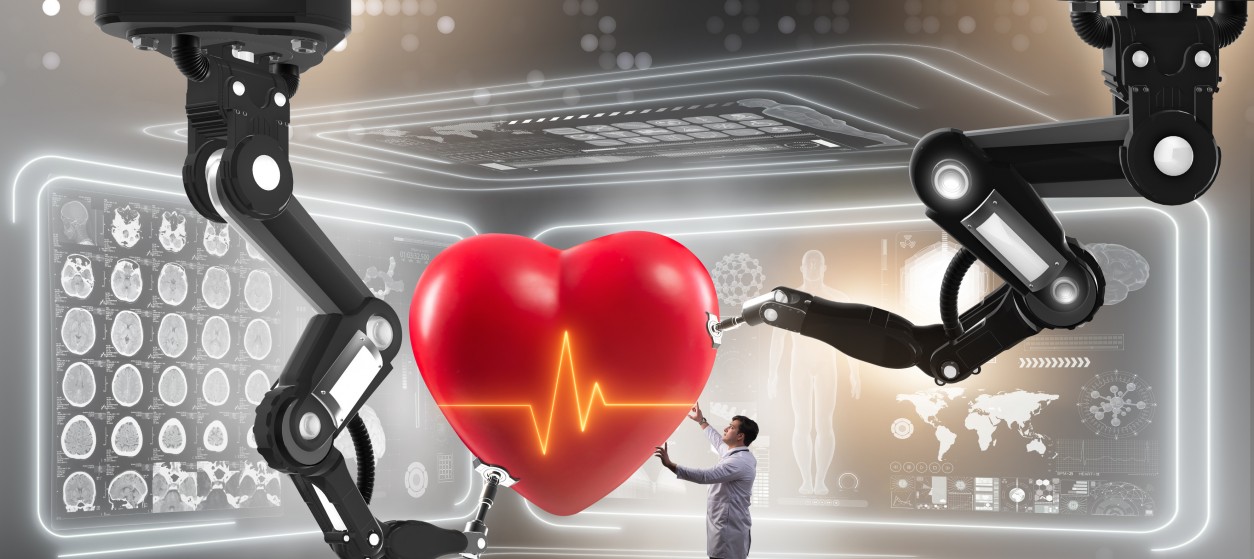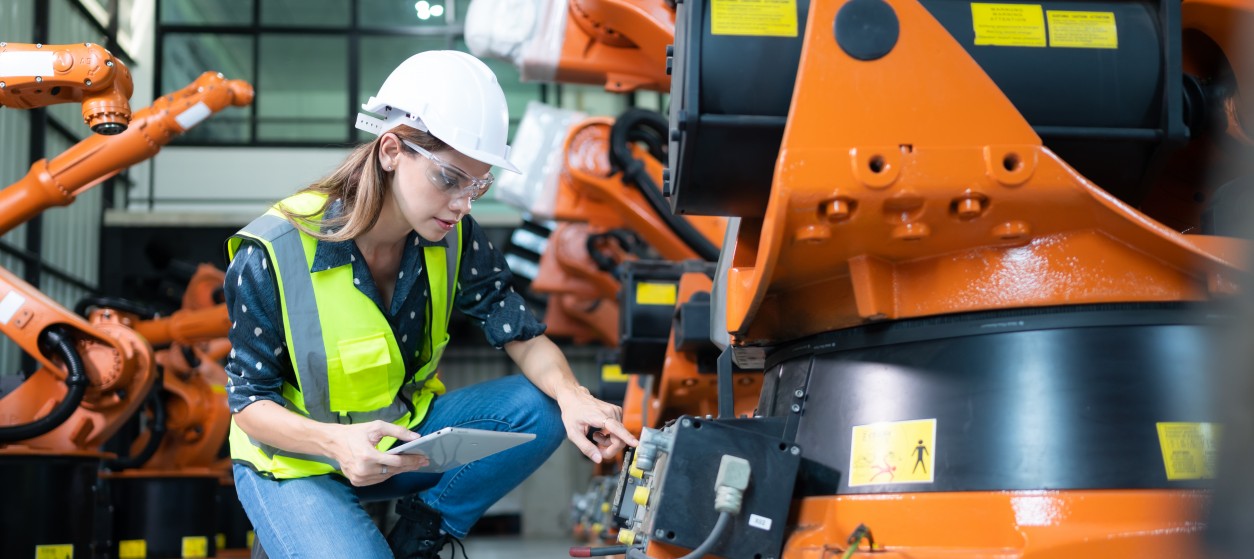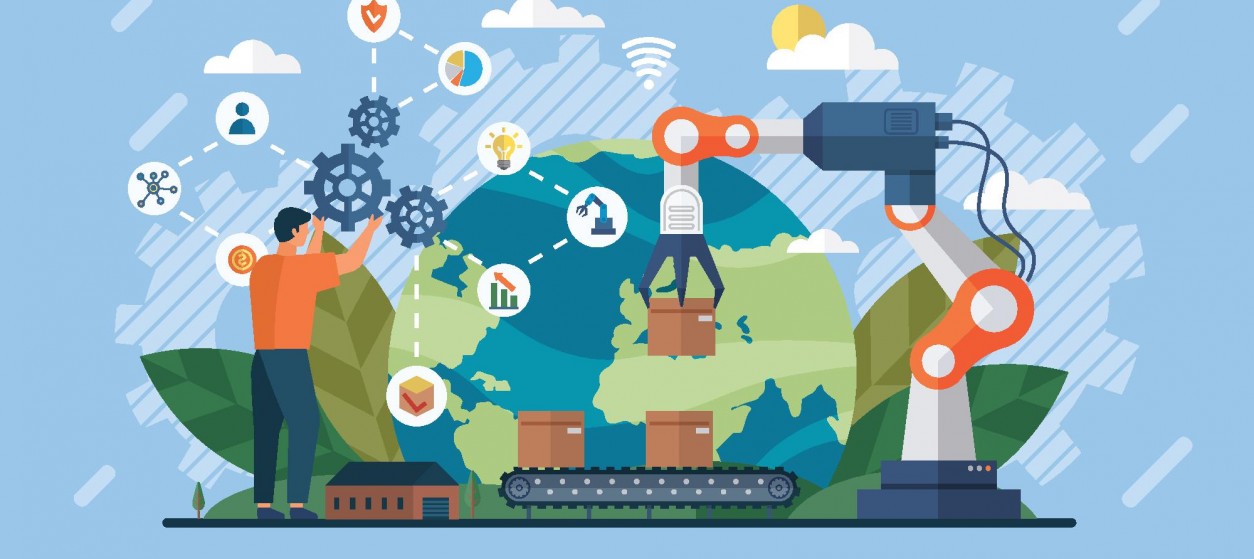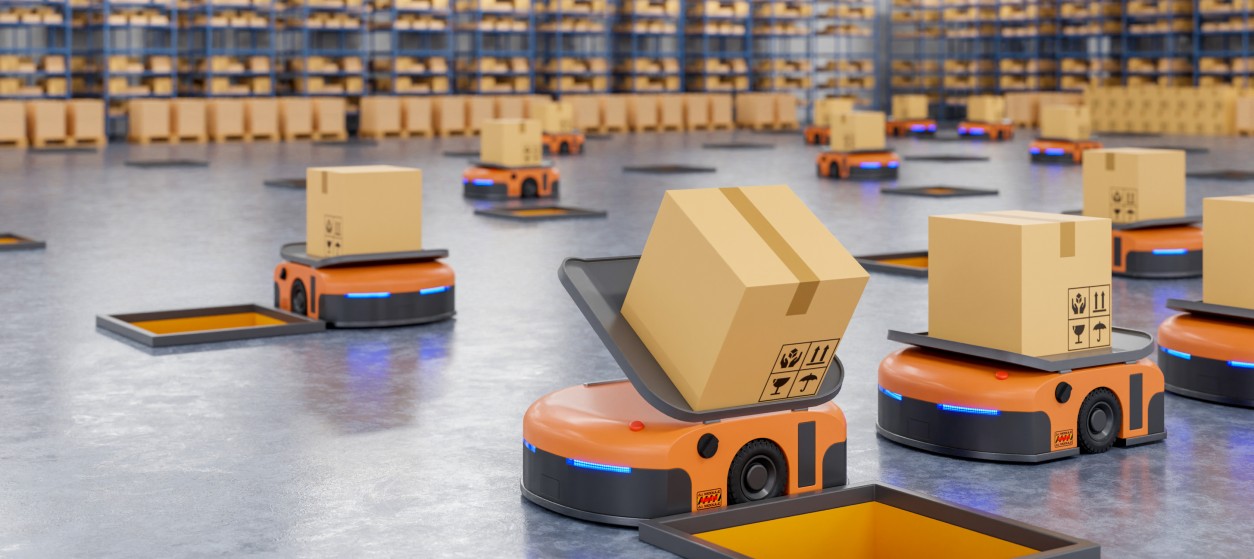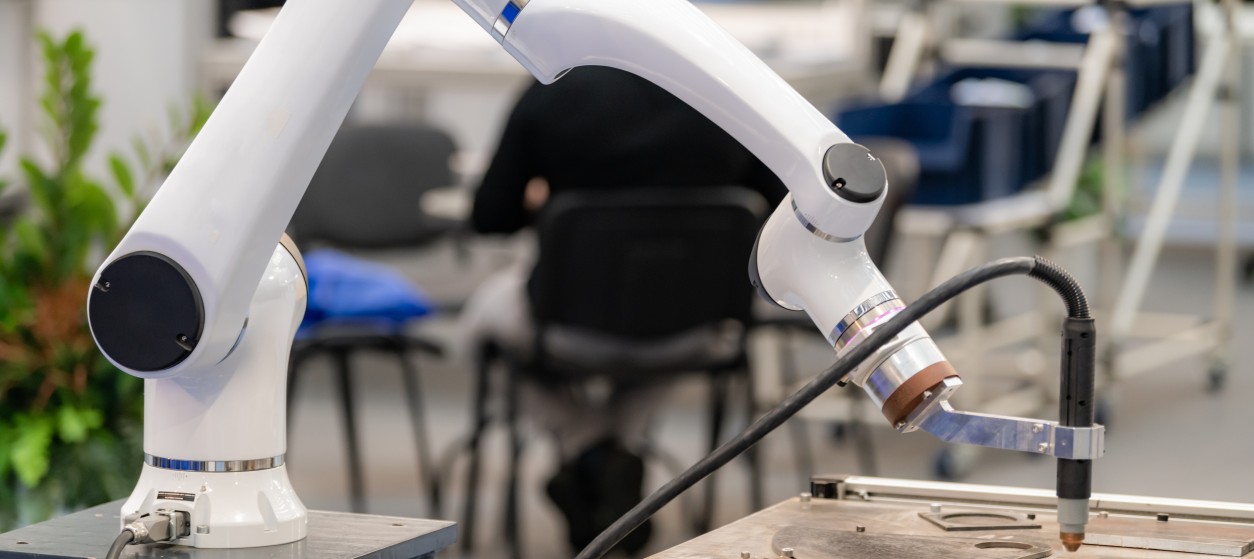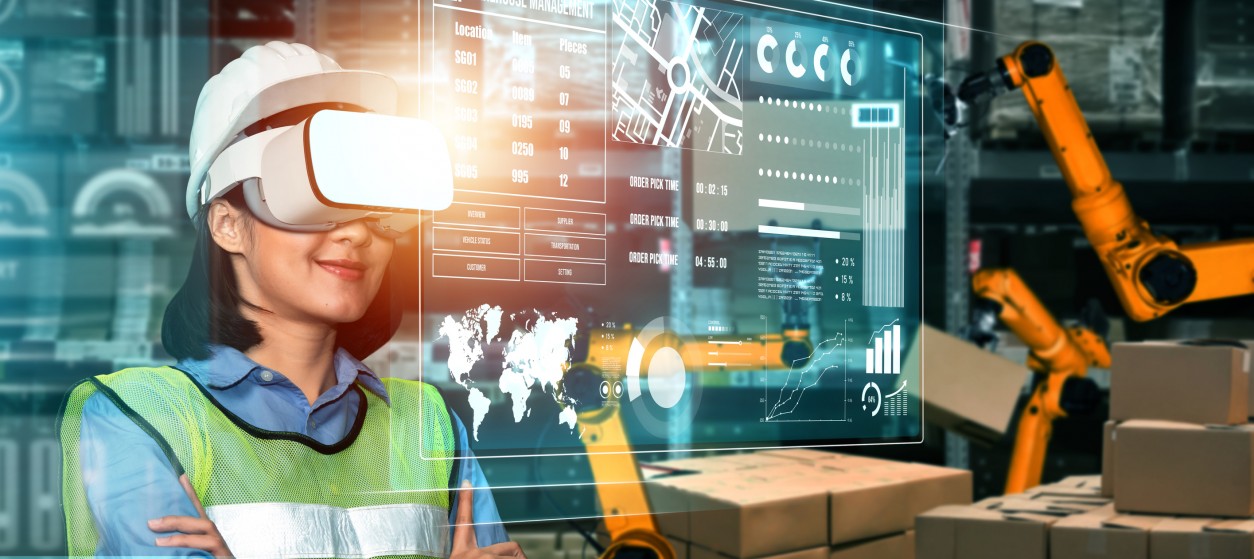At the dawn of the fourth industrial revolution (Industry 4.0) everybody talks about the on-going digitalization and automation of industrial processes. Technological developments like Artificial Intelligence (AI), Cyber-Physical Systems and Smart Objects (e.g., robots, drones, autonomous vehicles) will provide unprecedented levels of automation, that are destined to improve the competitiveness of most enterprises. In particular, automation will eliminate laborious and error prone processes, which will change dramatically the nature of work that will be carried out by workers in industrial environments. As a result, there are significant concerns about how human should engage in this new landscape. It is foreseen that workers will still remain at the center of industrial processes, given that they are still the most flexible and intelligent assets of an enterprise. However, this does not mean that human should adapt to automation at all times. There will be a lot of cases where automation systems will have also to adapt their operation to the physical and mental characteristics of the worker, but also to the workers’ skills. Such adaptations can boost the engagement of the workers in automation processes, while at the same time improving the workers’ productivity and the overall performance of production processes.
To support the adaptation of production systems and processes to the characteristics, needs and preferences of the workers, providers of industrial automation solutions collaborate with experts in human factors in the development of technologies that optimize the interactions between humans and machines. These technologies are conveniently characterized as “human centered” technologies.
Human Centered Technologies
Some prominent examples of human centered solutions and technologies follow:
- User Modelling: In order to adapt the operation of production systems and services to the characteristics and preferences of the worker, there is a need for profiling workers. To this end, non-intrusive technologies (e.g., sensors and wearables) that capture the worker’s physical and mental characteristics (e.g., height, weight, strength, biometrics, emotional state) are developed. These technologies create a “digital image” of the worker, which can then be used for profiling, adaptation and personalization of automation systems. Recently, a number of advanced, AI-based technologies for emotional intelligence are also used for capturing and tracking the emotional status of the worker (e.g., stress, fear, excitement, concentration), as this can affect his/her performance in a given task.
- Workforce Allocation: These are technologies that optimize the distribution of tasks to the workers based on their profile and context. Their goal is to assign each production task to the most suitable worker at a given time. This requires an analysis of the worker’s profile and characteristics, but also of the tasks they have been undertaking. For example, it’s not a good practice to repeatedly assign stressful, tedious and labor intensive tasks to a given worker.
- Workplace Adaptation: These technologies help adapting the workplace of the production plant to the needs of the workers. This involves for example collecting and analyzing production and worker performance data in order to decide the optimal physical configuration of the workplace. The latter configuration is specified in terms of automation levels and placement of devices, given the specific characteristics, needs and capabilities of a worker.
- Ergonomic Human Machine Interfaces: Pleasant and user-friendly interfaces are designed and provided to operators of machines and other automation systems. The goal is to optimize the user experience of the workforce that uses digital automation systems.
- Human Robot Collaboration: Robots are increasingly introduced in production facilities. In several cases, their involvement focused on automating parts of a process (e.g., picking and packing in a warehouse) rather than the entire process (e.g., goods delivery) end to end. Hence, there is usually a need for ensuring proper interaction between humans and robots, which involves humans that understand the operation of the robots and robots that adapt their operation to the characteristics of the human (e.g., physical abilities and skills).
- Plant Simulation and Virtualization: In several cases workplace configurations and production scheduling algorithms could be simulated prior to their actual deployment. To this end, technologies that provide virtualized digital representations of plants are provided and combined with the digital image of the worker. This permits simulating the performance of different production processes within various engagement scenarios for the workers.
These technologies boost the adaptation of automation systems to the profile of the humans. To this end, they are developed with the active participation of experts in human factors, including psychologists, labor experts, experts in operational research and various social scientists. However, the adaptation of systems to the humans’ needs has certainly some limits and cannot accommodate the needs of workers that lack proper skills. Workers cannot adapt to the wave of emerging digitally-enabled automation systems without improving their skills. To this end, training and skills development technologies are also developed and used by production systems operators.
Training and Skills Development Technologies
In order to support the reskilling and training of workers on industrial processes, enterprises can nowadays take advantage of:
- Skills Development Frameworks: These comprise technologies that support the specification and tracking of the collection of workers’ skills needed to support the most prominent production systems and processes. Skills development frameworks facilitate the management of human workers’ skills, including their improvement through AR/VR training and actual engagement in production tasks (e.g., based on hours they have actually operated a machine).
- Workers’ Training and Knowledge Sharing technologies: These include advanced and highly ergonomic learning environments based on Virtual Reality (VR) and Augmented Reality (AR). Using such perceptive technologies, workers can be appropriately trained prior to their involvement in production tasks. Beyond AR/VR training, there are also learning environment that facilitate knowledge transfer and knowledge sharing between workers. Typically, older workers can transfer some of their accumulated knowledge to younger ones. Likewise, skillful workers are able to demonstrate how to perform a specific production task (e.g., assembly or maintenance) to inexperienced or less skilled ones.
Understanding the Future of Work
The consideration of human factors in the design and operation of advanced automation system is a very topical issue, given that enterprises, governments and policy makers are already preparing for the “future of work”. During the next couple of decades, we will see radical changes in the nature of work. Laborious processes will be gradually eliminated and new positions requiring digital skills will emerge. Millions of jobs will be lost, while other millions of new jobs will be also created. Enterprises and institutional stakeholders are gradually preparing for these changes. Specifically, they are considering policies and measures for:
- Workers’ Reskilling, as a means of enabling exiting workers to adapt to future needs and maintain their jobs.
- Lifelong Learning, which will allow workers to keep up with the accelerated changes in technology and production processes.
- Socio-Economic Policies, aiming at supporting workers that will be made redundant and unable to recover in new positions. Such policies include for example policies for UBI (Universal Basic Income) i.e. a minimum income guaranteed by the government.
Automation and AI will disrupt the landscape of industrial work in the years to come. Nevertheless, humans will still remain at the heart of industrial environments, even with quite different roles than today. Thus, proper consideration of human factors is essential for an accelerated and successful, yet smooth migration to the new era of work. Human centered technologies can serve as invaluable assets that could help enterprises succeed in this challenging transition process.
